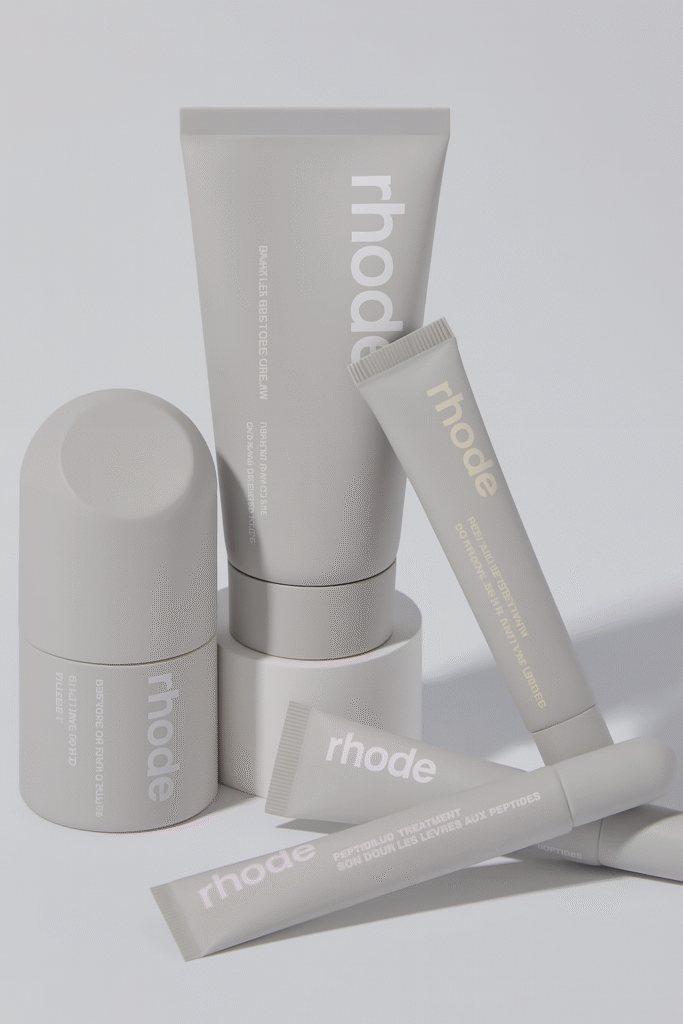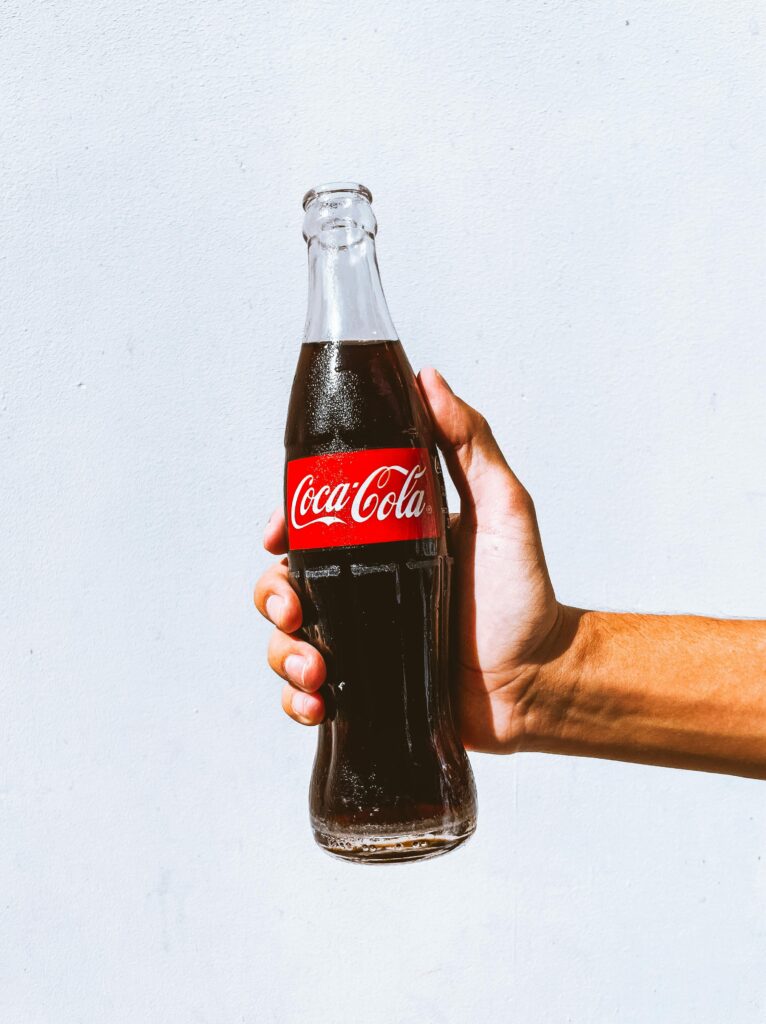As of July 10, 2025, Instagram has started allowing Google and Bing to index public posts from professional accounts. This shift marks a major turning point for marketers, creators, and local businesses looking to extend their visibility beyond the platform.
If you’re active on Instagram and serious about SEO, this development changes the game. Here’s what’s happening, why it matters, and how to optimize your Instagram content for search visibility.
What’s New?
Instagram, owned by Meta, is now enabling public content from business and creator accounts to be searchable and indexable by major search engines.
Here’s what this means:
- Public content from professional Instagram accounts will now appear in Google and Bing search results.
- This includes posts with photos, Reels, carousels, and videos.
- The change applies only to users over 18 with professional (business or creator) accounts.
- Users can opt out through Instagram’s privacy settings under “Search Engine Indexing.”
This is the first time Instagram has allowed its content to be widely crawled and indexed by external search engines, opening the door for long-term discoverability.
Why It Matters for SEO
This development expands the role of social media in search engine optimization in several important ways:
1. Instagram Posts Can Now Drive Organic Search Traffic
Until now, Instagram content was mostly siloed within the app. Now, a well-optimized post might appear in Google Image search, video carousels, or even on the first page of Google for relevant queries.
For example, a post about “Best Coffee in Salem Oregon” could show up when someone searches for coffee shops in that area, especially if it includes a geotag and optimized caption.
2. Social Content Becomes Evergreen
Instagram posts have traditionally been short-lived. Visibility was based on recency and engagement, and posts would often disappear from feed relevance within a few days.
With indexing enabled, posts now have the potential for long-tail SEO value. A great photo or product post could generate search traffic for months or even years after it was published.
3. Local Businesses Get a Boost
Geotagged Instagram posts are especially valuable for local SEO. If your business is in Salem, Oregon and you’re tagging posts with your location, those posts could now appear for local discovery terms like “Salem yoga studio” or “downtown Salem bakery.”
This creates an opportunity to reach people who aren’t already following you but are actively looking for your product or service.
What Content Is Eligible?
Only certain types of Instagram content will be indexed:
Eligible Content | Not Included |
Public posts from professional accounts | Private accounts |
Users aged 18 and older | Users under 18 |
Captions, alt text, photo and video posts | Stories, Highlights, older posts |
Geotagged and hashtagged public content | Posts from users who opt out |
Keep in mind that if your Instagram account is set to private or if you opt out of indexing, your posts will not be crawled or indexed by Google or Bing.
How to Optimize Instagram Posts for SEO
If your content is going to be indexed, you’ll want to make sure it’s actually optimized for visibility. Here are the most effective strategies:
1. Write Clear, Keyword-Rich Captions
Your caption acts like metadata for Google. Use language that reflects the search terms people might use.
Example:
Instead of saying, “Weekend vibes at the shop,” try “Salem Oregon coffee shop serving fresh pour-over every weekend.”
Think about intent. What would someone be searching for if they wanted to find this post?
2. Add Custom Alt Text to Your Images
Instagram allows you to add alt text when uploading a photo. Use this feature intentionally. Describe the image in a way that helps search engines understand the content.
Example:
“Latte art in a ceramic cup at a downtown Salem coffee shop.”
This not only helps with SEO but also improves accessibility.
3. Use Local Hashtags and Geotags
Use hashtags that describe your business and your location. Tags like #SalemOR, #OregonBusiness, or #SalemBakery help tie your post to regional searches.
Always geotag your post with your city or neighborhood when relevant.
4. Optimize Your Profile
Make sure your Instagram profile includes:
- Your business name
- Your category (e.g. Local Business, Artist, Photographer)
- A descriptive bio with keywords (e.g. “Salem-based wedding photographer”)
- A consistent brand link in bio
Search engines will often pull this information to create context around your indexed posts.
5. Post Consistently and Use Quality Visuals
Google favors high-quality, well-structured content. This now applies to Instagram as well.
Use clear, high-resolution photos and videos. Maintain consistency in visual style, tone, and post frequency. Avoid spammy or keyword-stuffed content.
How to Know if Your Posts Are Being Indexed
While there isn’t a direct Instagram-specific indexing report in Google Search Console, there are a few ways to check visibility:
- Search your Instagram handle and a few keywords from your posts on Google to see if any recent content appears.
- Monitor referral traffic using Instagram Insights under “External Sources.”
- Use UTM parameters in your bio link to track SEO-related clicks.
You may also see your content appearing in Google’s image or video carousels.
What This Means for Your Marketing Strategy
Instagram is no longer just a brand-awareness channel. It’s now an active contributor to your SEO performance.
Here’s how this may affect your marketing:
- You’ll want to align Instagram content with your broader keyword strategy.
- Repurpose blog content into visual posts that reinforce your search goals.
- Think long-term with your post planning. A photo today may generate search value next month.
- Optimize for both search and social—writing captions that speak to people and algorithms.
Final Thoughts
This update reflects a growing trend: the integration of social media and search.
As TikTok, Reddit, and Instagram continue gaining ground in Google’s results, traditional SEO is evolving. Your brand’s visibility now depends on how well you combine website content, social content, and visual storytelling.
If you’re a business owner, marketer, or creator, now is the time to start treating your Instagram posts like search assets. Optimize your content, stay consistent, and use your posts to support your broader visibility goals.
Instagram indexing has arrived—and with it, a new opportunity to show up when it matters most.




